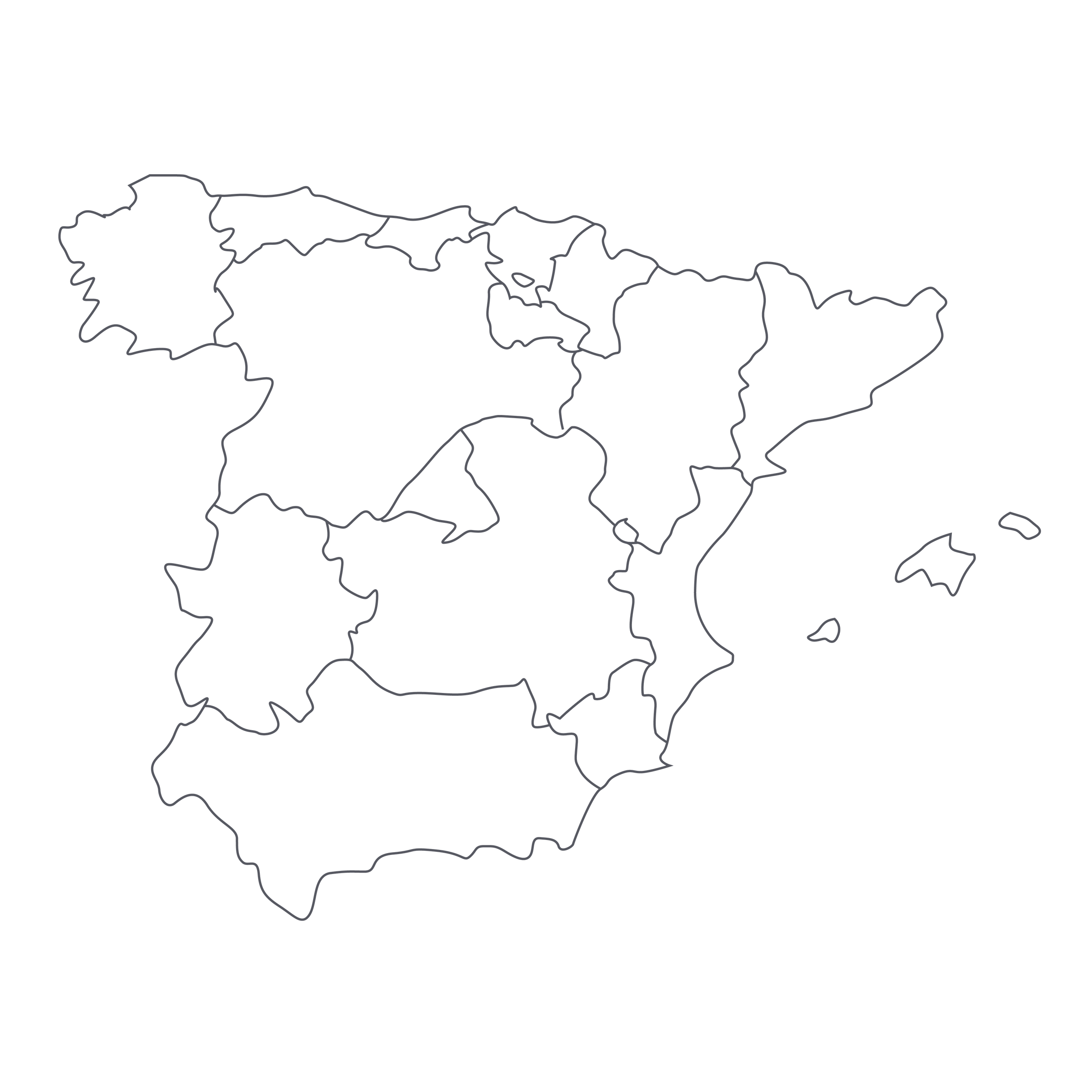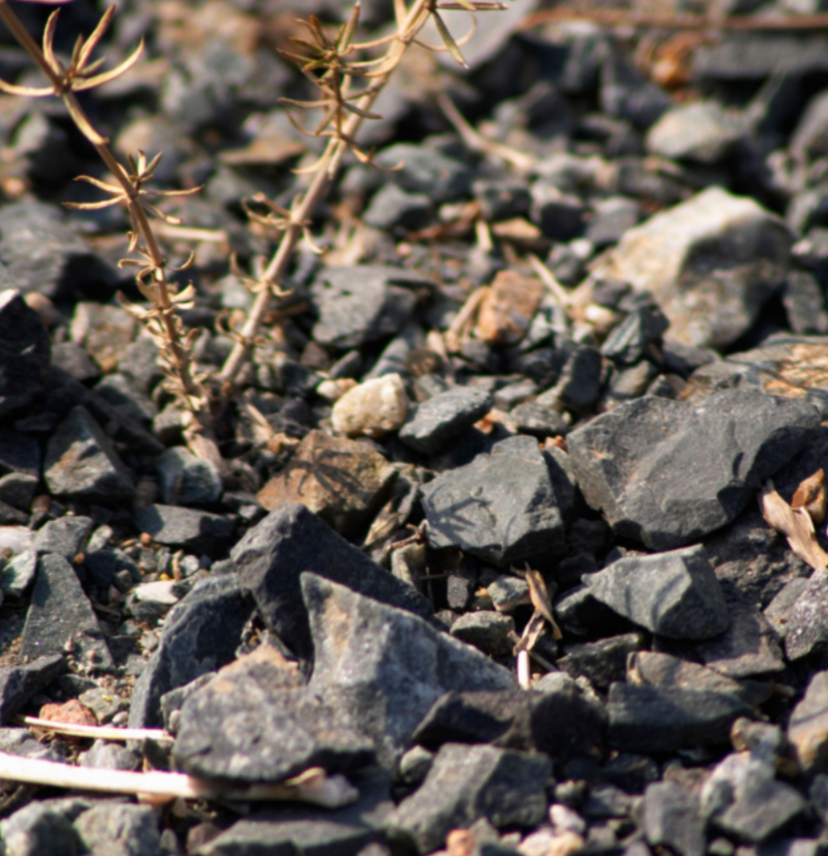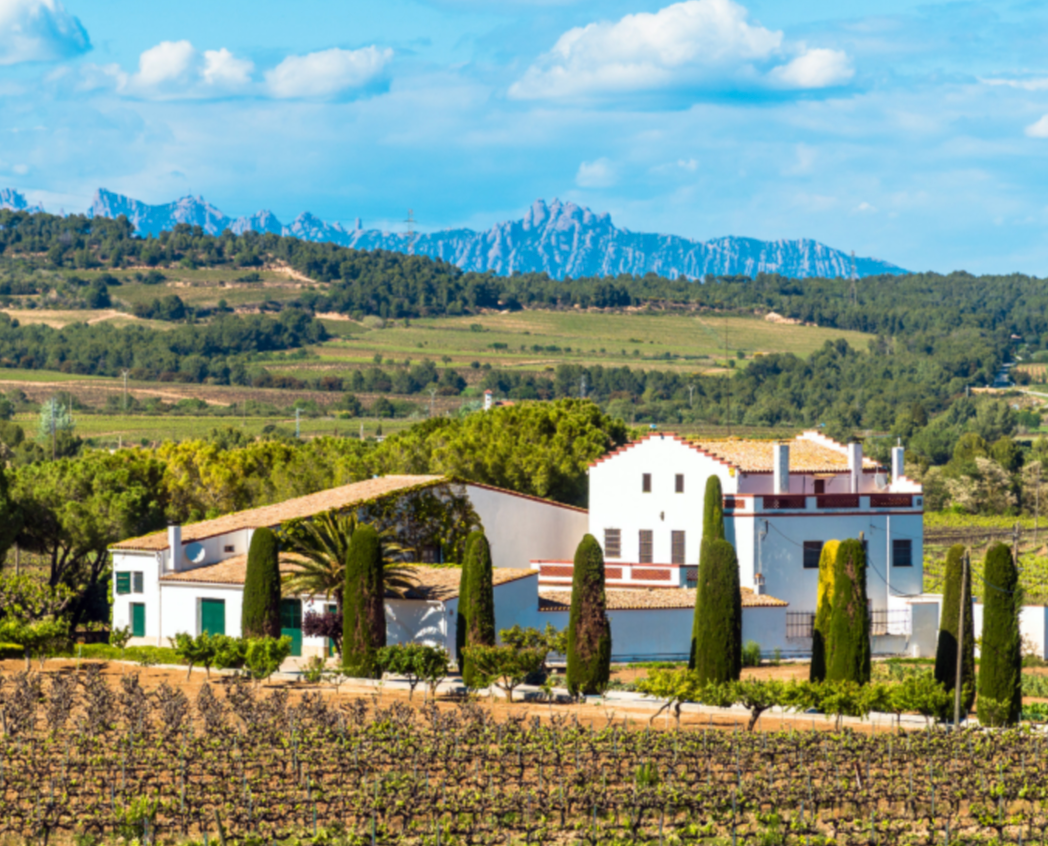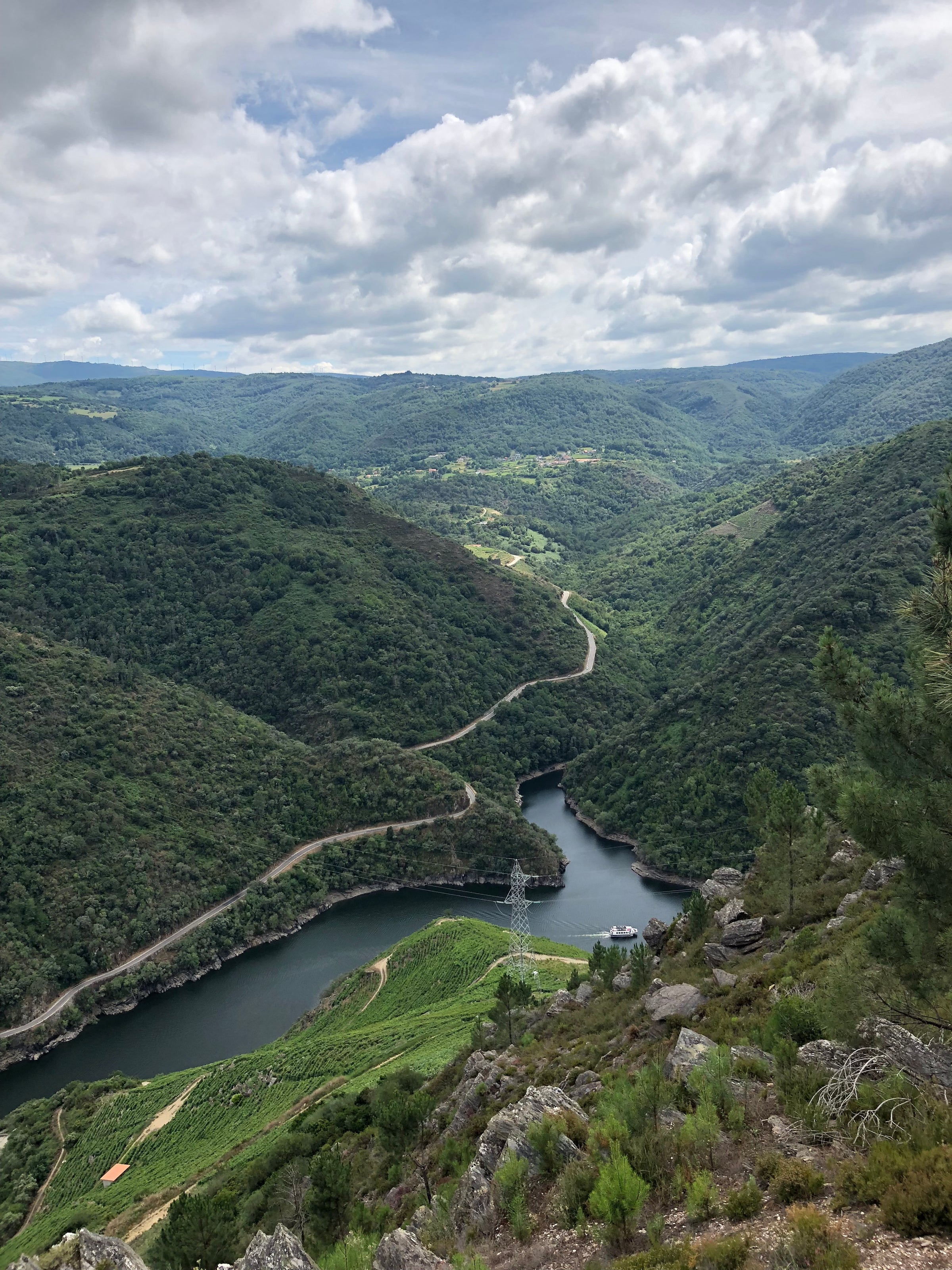Although the indigenous Godello varietal was once a treasure of Galicia in northwest Spain, it was replanted with the vigorous, less interesting and value-driven Palomino grape throughout the twentieth century. Over the past few decades, quality-driven producers have returned to their roots in Valdeorras and have once again started crafting this lesser-known grape with stunning results. Some believe the success of Albariño in Galicia’s western appellation of Rías Baixas triggered these noble efforts. No matter the motivation, the Godello varietal (pronounced Go-de-yo) is garnering ample attention from sommeliers and critics alike, and for good reason. In the right hands, like this example from Rafael Palacios, Godello from the Valdeorras is capable of capturing the most compelling components of the world’s greatest varietals with its own personality and mineral-driven twist. Although Godello is now grown in other parts of Galicia, the appellation of Valdeorras, about three hours southeast of coastal Rías Baixas, captures the most profound expression of this varietal. Classified as a Denominación de Origen (D.O.), or appellation, in 1945, Valdeorras translates to, “Valley of Gold,” because it was mined for gold by the ancient Romans. After mining had ceased, the Romans cultivated the area and thereafter, it was tended by monks throughout the Middle Ages. Today it is the source of spectacular examples of Godello that achieve the magnificence of the noblest of white varietals with a level of minerality that does not often happen at this incredible price point.
To understand Rafael Palacios, you must first appreciate his illustrious roots. Don José Palacios Remondo founded the legendary original family winery in Alfaro, Rioja Baja back in 1945. Four of his nine children have gone on to have careers in the wine industry, and seemingly everything they touch turns to gold. After securing some of the most special parcels in Valdeorras, Rafael, or Rafa as he is affectionately known, set out to produce his own label in 2004 with passion, determination, and respect for the unique terroir. Although Godello is a varietal that delivers immense pleasure in and of itself, in Rafa’s hands, it transcends the varietal and secures a place amongst some of the world’s finest white wines. In the unique rugged, terraced slopes of granite, he found his prized, higher-altitude vineyards. With a minerality that is unmatched anywhere else in Valdeorras, Rafa farms and harvests his vines by hand with meticulous care. This Louro bottling is sourced from plots that deliver incredibly age-worthy wines. He ferments with only indigenous yeasts and ages the wine in used foudres (large oak barrels), which allows the distinct minerality and profound expression of the grape and nature to shine.
The 2012 Louro Godello displays a pale straw golden core with green reflections on the rim. The nose is glowing with energy and reveals aromas of yellow apple, green melon, kaffir lime leaf, green watermelon rind, green papaya, a hint of concentrated lemon oil, white wildflowers, wet herbs, a touch of stirred lees and finely crushed white stones. The full-bodied palate is akin to serious white Burgundy and delivers a touch of oiliness; laser-beam focused minerality and bright acidity that orchestrates the ideal balance. Flavors confirm the nose with tropical fruit rind, green and yellow apple, lemon blossom, a slight nuttiness and focused yet broad minerality that guarantees a rare sensory experience. This wine is so spectacular now; I can’t imagine it getting any better. However, I wouldn’t be scared to lose a few bottles for five years or so in a dark spot of your cellar thanks to its perfect poise and balance. Simply decant for 20-30 minutes and serve in Burgundy stems at 50-55 degrees. With endless food pairing possibilities to choose from, we recommend trying this alongside a
whole roasted white fish with lemon, fennel, and grilled vegetables like this recipe from the New York Times.





